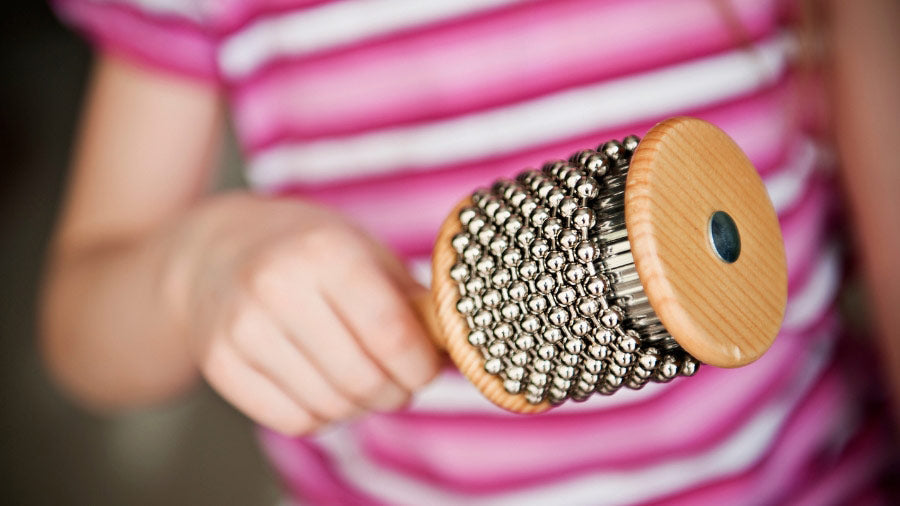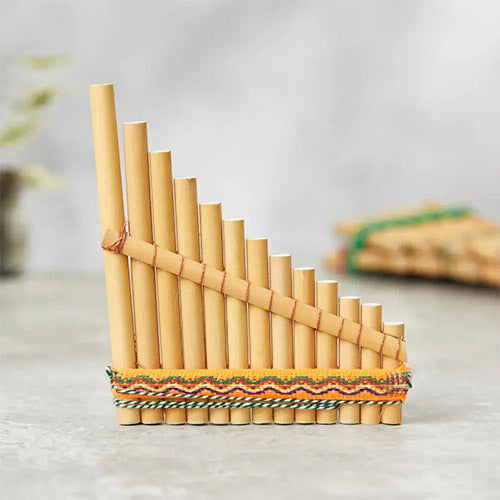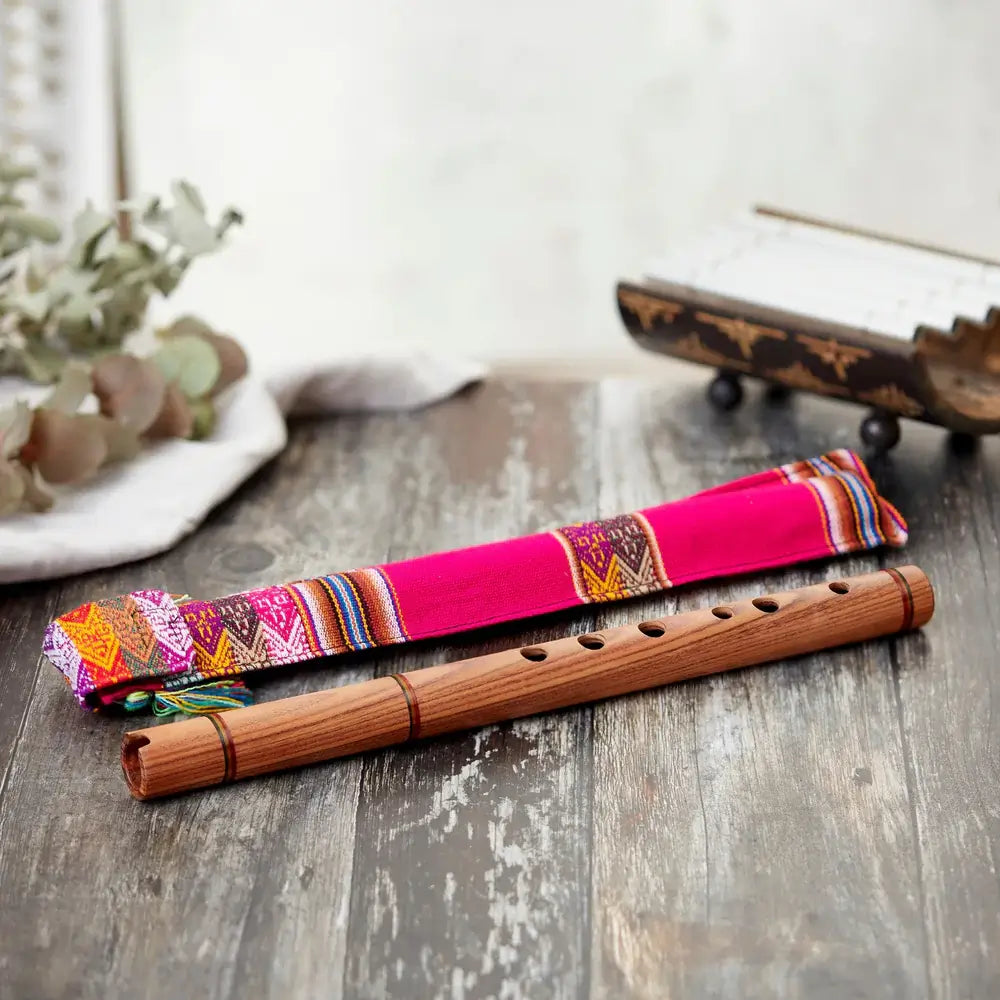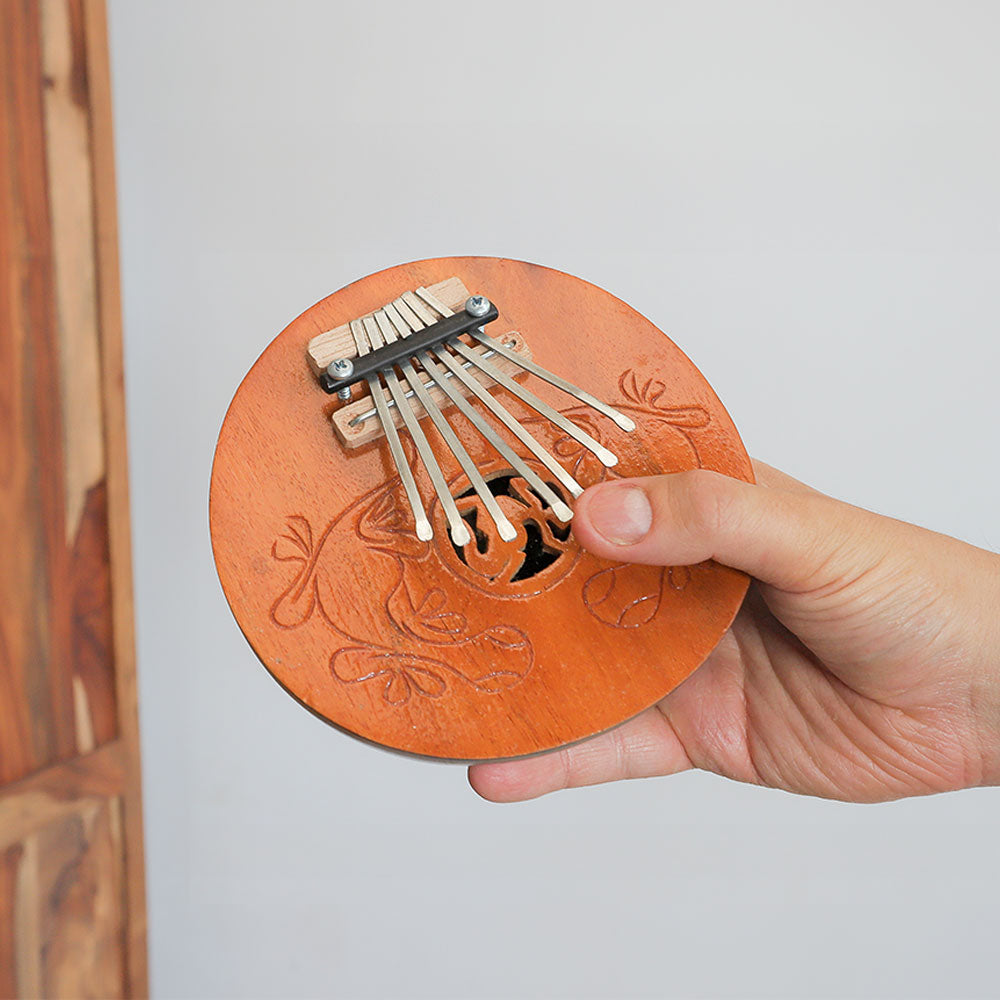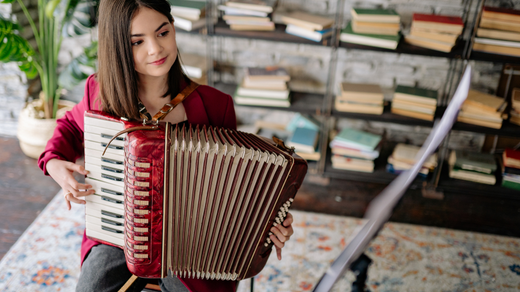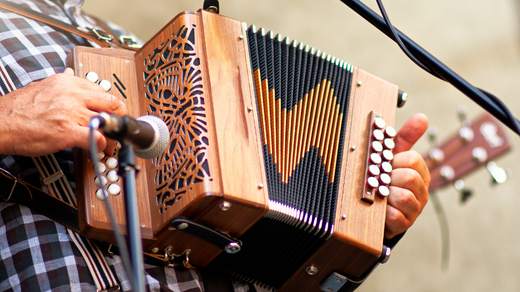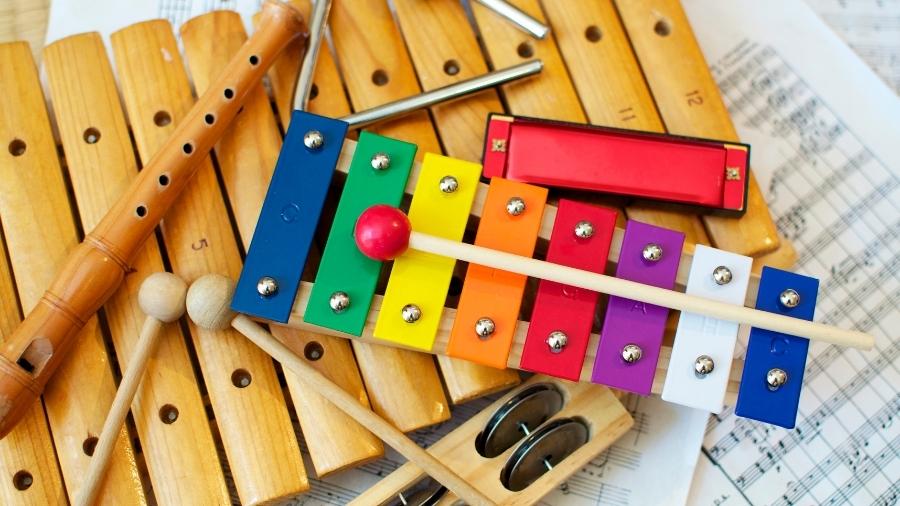The cabasa is a handheld percussion instrument made of a cylinder wrapped with loops of metal beads, which are scraped or twisted against the surface to create a rhythmic, rattling sound. It is commonly used to add texture and rhythm in Latin, funk, and jazz music. Popular among percussionists, educators, and therapists, the cabasa is particularly known in Brazil, where it plays a key role in samba and bossa nova. It’s appreciated for its crisp sound, easy playability, and ability to add dynamic flair to performances or recordings.
History of Cabasa
The modern cabasa was developed in the 1960s by Latin percussionist Martin Cohen, founder of Latin Percussion (LP), inspired by the traditional African instrument called agbe or shekere—gourd-based shakers with beaded nets. While the shekere has ancient African roots, the cabasa as we know it today was redesigned with a metal-and-wood construction for greater durability and volume, suiting it for modern music environments. Though American in origin, the cabasa draws from West African traditions and became globally recognized through its use in Brazilian and Latin American music.
Types of Cabasa
Cabasa types vary mainly in size, material, and design. The most common is the standard cabasa with a wooden or plastic handle, metal beads, and a ribbed steel or synthetic cylinder. Variants include the afuche-cabasa, which has a wider body for louder projection, and child-friendly versions with lighter materials for easier grip and reduced volume. Some models are mounted for foot or hand-free use in drum kits. Each type has its own feel—larger cabasas offer fuller, louder sounds, while smaller ones allow for more control and intricate rhythms.
Ejura Cabasa

The Ejura Cabasa on a Stick is a handcrafted percussion instrument from Ghana that adds vibrant texture to any musical setup. Featuring a 25cm wooden stick wrapped in multicoloured fabric and recycled plastic beads, it surrounds a seed pod that produces a lively, rhythmic sound when shaken. Lightweight at just 66g and easy to play, it's ideal for both beginners and professionals seeking to diversify their sound. Eco-friendly and rooted in African culture, this shaker offers a fun, dynamic element to performances and makes a thoughtful gift for any musician.
Purchase the Ejura Cabasa Here.
Afuche Cabasa

★★★★★ - “Really good quality. Arrived really quickly too”. - Verified Buyer
The Afuche Cabasa is a robust percussion instrument crafted from wood and steel, designed to produce crisp, textured rhythms through its steel ball chain wrapped around a cylinder. Known for its fast rubbing and shaking sounds, it offers greater durability than traditional cabasas, making it a reliable choice for professional musicians. With its beaded design, 291g weight, and free-standing handle, it's a versatile tool that adds expressive flair to any setup—ideal as a gift or as part of a serious percussionist’s collection.
Purchase the Afuche Cabasa Here.
Satara Cabasa

★★★★★ - “Came super fast! Wonderful Instrument. Love it very much, thank you dearly”. - Verified Buyer
The Gourd Satara Cabasa, handmade in India, is a vibrant, eco-friendly shaker featuring a beaded shell similar in size and style to a coconut maraca. Simply twist the handle back and forth to create crisp, rhythmic sounds—the faster the motion, the sharper the tone. With its tribal-inspired design and lightweight build, it’s a fun and unique gift for music lovers looking to add an earthy, percussive layer to their sound.
Purchase the Satara Cabasa Here.
Tips for Choosing the Right Cabasa
When choosing the right cabasa, consider the material, size, and purpose. Wooden cabasas with metal beads produce a warm, textured sound ideal for acoustic or traditional music, while modern steel models offer sharper tones suited for louder environments or studio use. Smaller cabasas are great for kids or light accompaniment, while larger ones offer better control and louder volume. Cabasas are suitable for percussionists, music therapists, educators, and anyone looking to add rhythmic texture to a performance. If you want versatility, go for an Afuche cabasa; if you prefer handmade authenticity, a beaded gourd version might be more your style.
The Pros and Cons of Buying a Second-Hand Cabasa
Buying a second-hand cabasa can save money and offer vintage charm, especially if it’s handmade and well-maintained. However, wear and tear may affect sound quality or durability—check for loose beads, cracked wood, or rusted components. New cabasas guarantee better reliability, hygiene, and often come with warranties. Handmade cabasas, while sometimes pricier, offer unique tone and aesthetics and are often eco-friendly. If you’re a beginner or need dependable quality, a new one might be best. But if you love character and craftsmanship, a second-hand or handmade option could suit you better—just inspect it first.
Unique Cabasa Accessories
Cabasa accessories can enhance both playability and care. For wooden cabasas, natural wood oil (like linseed or lemon oil) keeps the handle and body from drying out or cracking. Protective cases or cloth wraps help prevent damage during travel or storage. Some players use grip tape for better hold or attach the cabasa to a mount for hands-free use during live performances. Cleaning brushes or microfiber cloths are useful for keeping beads and metal components free of dust. These small additions can make your cabasa more durable, comfortable, and enjoyable to play.
Cabasa in Popular Music
The cabasa is commonly used in Latin, Afro-Cuban, jazz, funk, and fusion genres, thanks to its ability to add sharp, rhythmic textures. It’s a staple in samba and bossa nova, and it often appears in percussion sections alongside congas and shakers. Artists like Tito Puente and Sheila E. have used the cabasa in live performances and recordings for its crisp, syncopated accents. Its subtle yet expressive sound fits well into both traditional and modern arrangements, making it a favorite for drummers and percussionists aiming to enrich their groove without overpowering the mix.

